Estimated reading time: 12 minutes
The MPA PMR Pro production rifle is accurate, precise and available at a reasonable price. High-end bolt action rifles used for long-range PRS (Precision Rifle Series) style shooting competition often start at over $5000, without optics. The MPA (Masterpiece Arms) PMR rifles are designed to fit in the production division of the sport which currently limits rifles to a $3000 MSRP maximum. The PMR rifles from MPA give you a ton of bang for the buck.
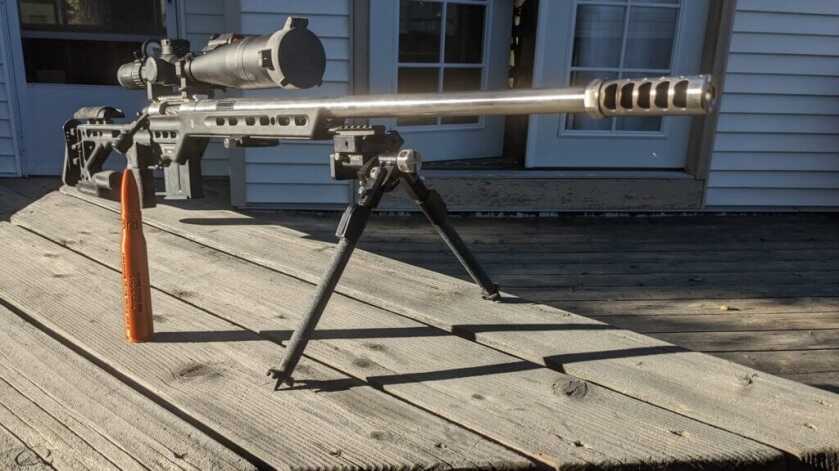
Table of contents
PMR Pro
Along with the $3000 rifle limit, optics are limited to those $2500 and under MSRP. My PMR Pro used in this review is a slightly older model made to fit the previous max price of $2500 MSRP. It wears a Leupold Mark 5 HD 5-25×56 with the PR2 reticle with an MSRP of $2299.
These rifles and optics are not cheap, but they are more reasonable than most high-end rifles and optics for the sport. As mentioned above, a custom rifle can cost well over $5000, and top-tier glass is about $4000. PRS is not a cheap sport.
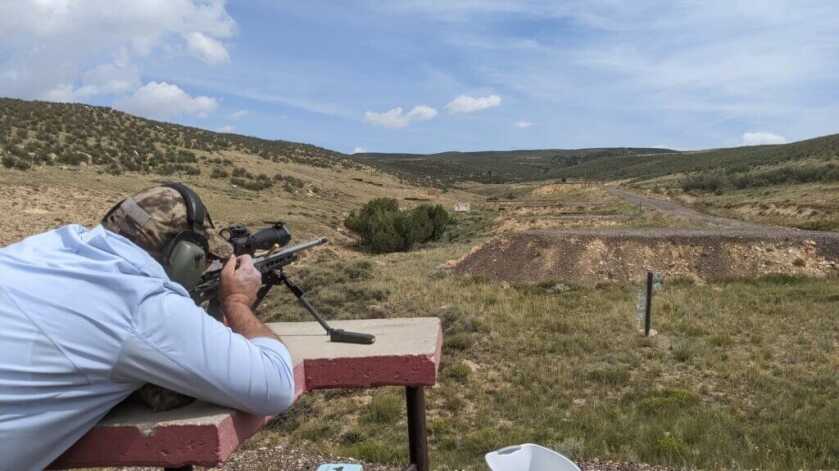
Elite Action
The PMR Pro features a Remington 700 footprint Curtis Elite action except it uses an aluminum picatinny rail instead of stainless. The rail has 20 MOA of cant to allow you to shoot farther before running out of travel in your optic. The bolt is a spiral fluted 3 lug design that features a 70-degree throw and it is hand-lapped and fit to the action. The bolt also has a quick release and tool-less firing pin assembly.
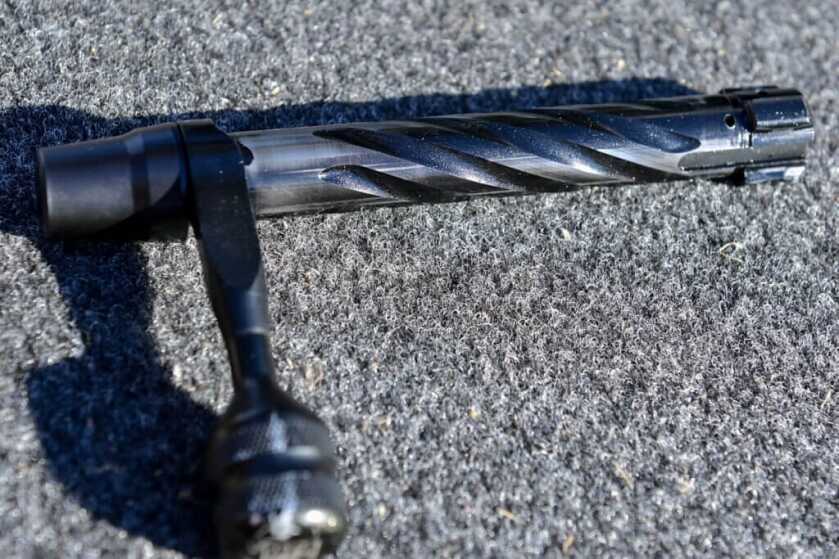
My favorite feature is the lug lock interface between the action and the chassis. The front of the action has the recoil lug and the chassis has a pocket with a tapered cylinder. When tightened the cylinder grabs and sucks the recoil lug down into the chassis for a rock-solid lockup.
PMR Pro Barrel
The 26-inch barrels are gundrilled and made by MPA from 416RQ stainless. They are pull button rifled, stress relieved and hand lapped. The barrels are air-gauged to 0.0001 for land and groove variation. The chambers are cut with zero runout and the muzzles are thread 5/8×24 to first most comps and brakes.
Available on GunsAmerica Now
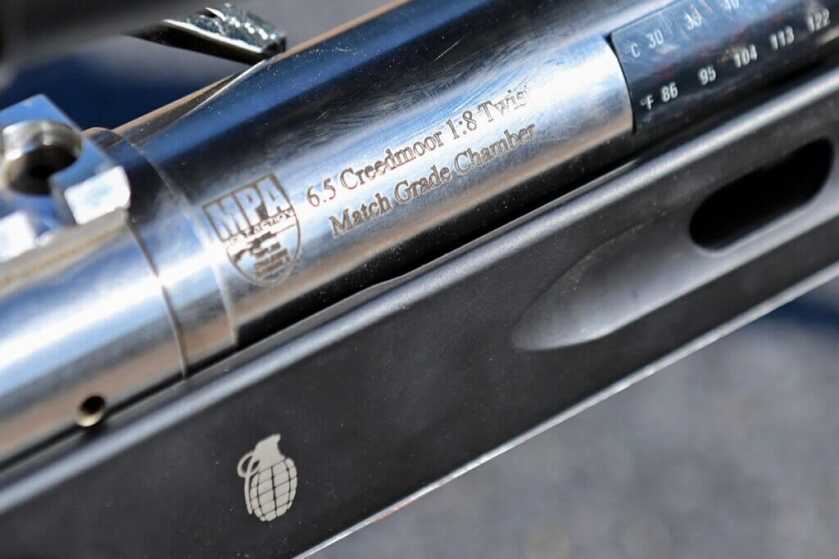
MPA BA Chassis
The MPA BA chassis is cut for a Remington 700 action. They are made from 6061 aluminum and cut for AI magazines. The chassis has a V bedding system with clearance for glass bedding or a straight-walled barrel. The mag release is ambidextrous for right and wrong-handed shooters and the actual mag catch is height adjustable so you can fine-tune it to your magazines as there is some variation between brands. It comes with a lot of add-ons as well.
Adjustable cheek riser and length of pull that can be adjusted with a thumbwheel.
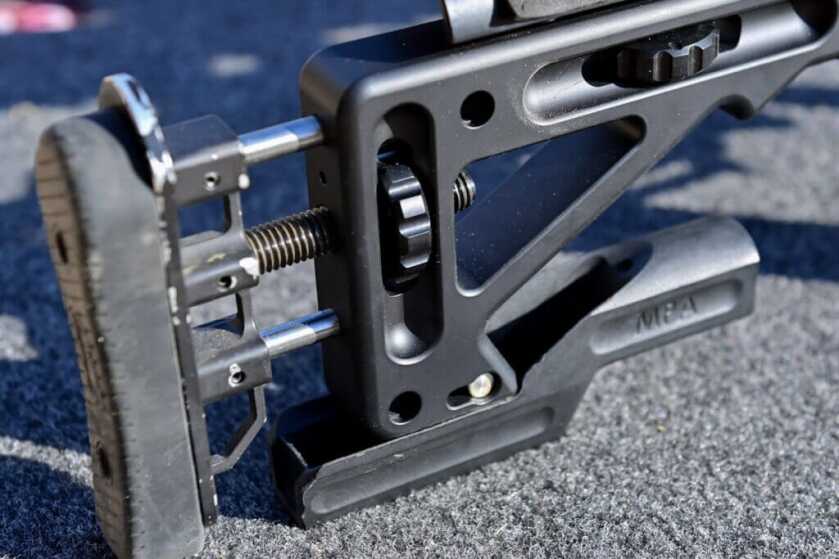
Integral ARCA Swiss rail machined into the chassis. MPA calls it the R.A.T. system.
Spigot bipod mount that can be flipped for use with either ARCA or Picatinny bipods.
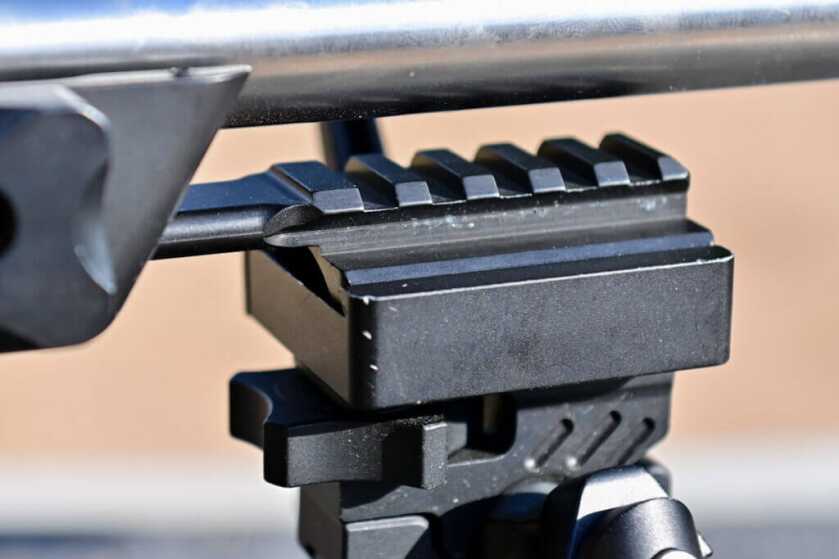
Bag rider for rear support.
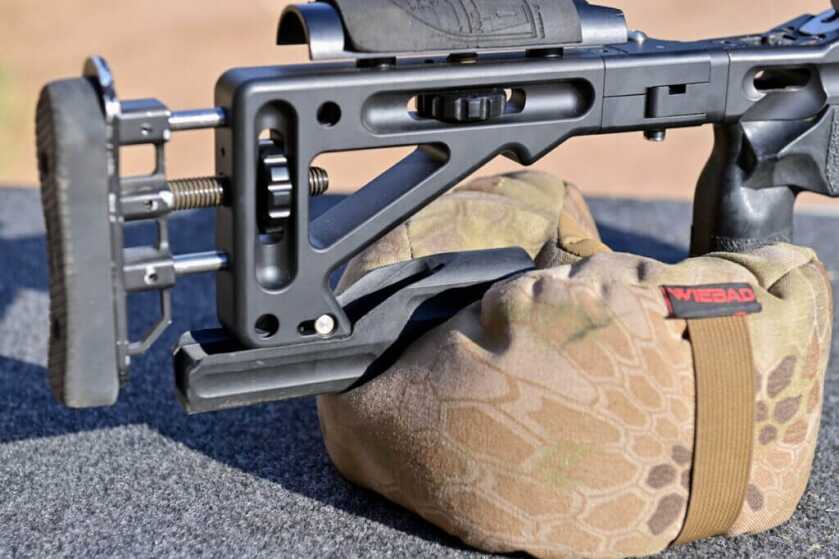
Integral bubble level. The level is white with a black ball, high contrast and easy to see.
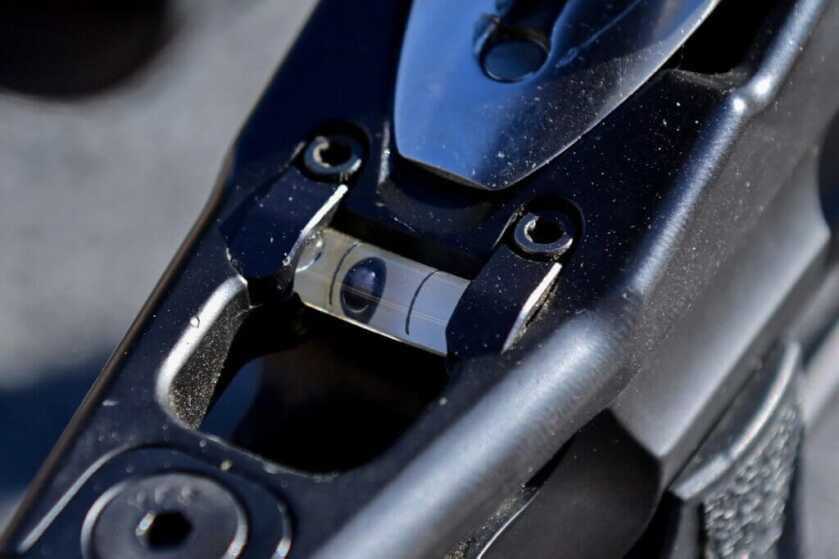
Night vision bridge.
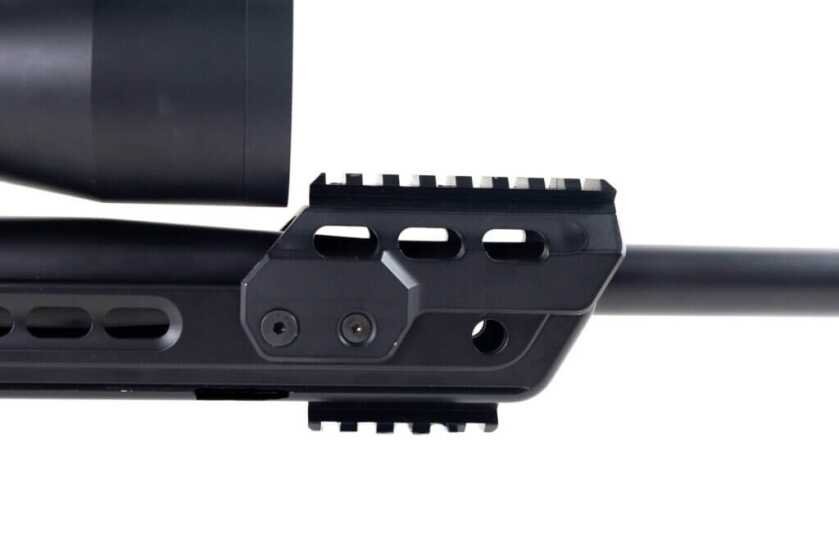
MPA vertical grip with a thumb cutout on the chassis.
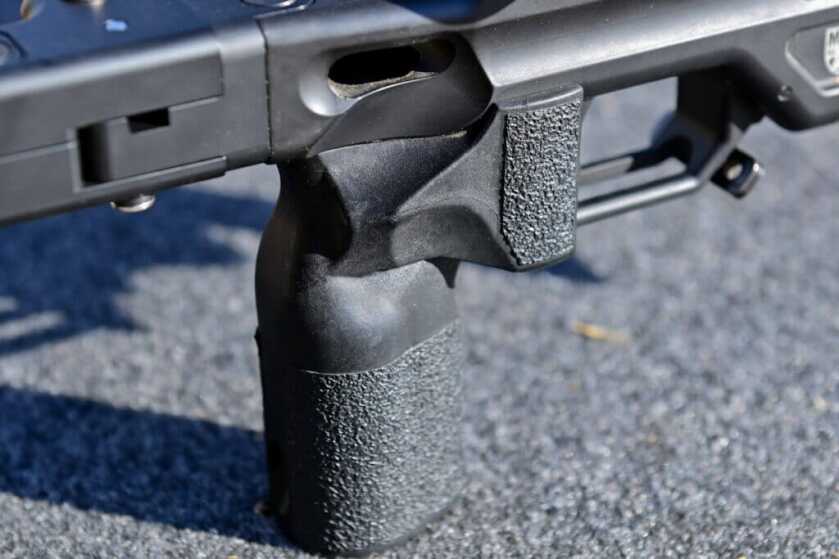
PMR Pro Trigger
Over time MPA has offered different triggers with the PMR rifles. Mine has a Timney HIT single stage that is fantastic that I set to 1.25 pounds. Current PMR rifles, including the PMR Pro, come with a Bix N Andy trigger.
All PMR rifles come with an accuracy guarantee of ½ MOA or better. That leads us to my load development for my PMR rifle.
PMR Pro Load Development
Most of the top shooters in PRS are using various 6mm calibers like 6GT, 6BR/A, 6 Dasher and others. I chose to get the PMR Pro in 6.5 Creedmoor. My previous rifle was a 65CM so I already had reloading dies, brass, powder and bullets. It made the switch easy and saved a good chunk of money.
I already had a solid load for the old rifle and it worked reasonably well in the PMR Pro, turning in groups of around 1 MOA. I wanted to wring out every ounce of precision possible with the PMR Pro and I ended up going down a bit of a rabbit hole with the load development. The components I had on hand to use were Hornady brass, H4350 powder, Hornady 147gr ELD-M bullets and Federal Gold Medal Match large rifle primers.
I started out loading batches of 10 rounds at .3 gr increments. At this stage I was not looking at group size but instead, the SD (Standard Deviation) numbers and velocity using a chrono. I found a flat spot in the results across .3 gr with very low SDs and a small variance in velocity. The next batches were refined to .1 gr and the same consistency held true across four batches. The powder charge I picked was right in the middle of the flat spot, so even if I had a variance of .1 or .2 gr when loading in bulk it would not make a huge difference. The average group size was about ½ MOA with this load but I wanted more.
Ammo Chart
| H4350 | FPS | SD | ES |
| 38.5 | 2503 | 10.9 | 33 |
| 38.8 | 2518 | 13.7 | 37 |
| 39.1 | 2547 | 13.4 | 36 |
| 39.4 | 2558 | 13.7 | 40 |
| 39.7 | 2591 | 15.3 | 41 |
| 40.0 | 2552 | 12.0 | 34 |
| 40.3 | 2628 | 12.1 | 32 |
| 40.6 | 2653 | 9.3 | 26 |
| 40.9 | 2675 | 11.3 | 31 |
| 41.2 | 2705 | 9.6 | 32 |
| 41.5 | 2725 | 9.6 | 30 |
| 41.8 | 2756 | 12.6 | 49 |
Note: Neither the author or GunsAmerica assumes any liability for the use of this data, you
do so strictly at your own risk.
You can see there is a very small variance in velocity (FPS), Standard Deviation (SD), and Extreme Spread (ES) from 40.9 grains to 41.5 grains. I settled on 41.3 grains, right in the middle of the flat spot.
Overall Length and Bullet Jump
That’s when I went down the rabbit hole with seating depth and bullet jump. Bullet jump is the distance from the ogive of the bullet to the lands of the rifling. Varying this distance can have a significant effect on accuracy. Hornady makes their OAL gauge which can be used to measure the jump. It uses a modified piece of brass and a tool to push your chosen bullet until the ogive just touches the land. You then use a comparator like this one from Hornady to measure the length of your loaded rounds from the base of the brass to the bullet ogive. This gives you a more accurate reading than measuring the OAL of the loaded round.
I took the length from the comparator and started backing it down to give more bullet jump. I spent quite a lot of time on the process of testing batches of test rounds with various bullet jump lengths. I ended up at 2.095 from ogive to base as my optimal length. Multiple test sessions with the final load and length consistently produced group sizes of 1/3 MOA.
Comparator
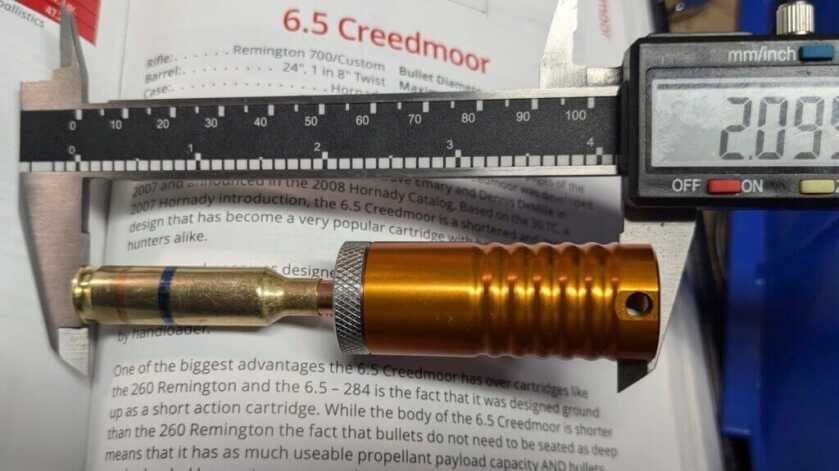
I’ll warn you now, this entire load development process is long and tedious with many trips to the range. The result was great and I am glad that I tried it. The next time I need to develop a load for a precision bolt gun I will skip the bullet jump testing. As you shoot the rifle more there will be erosion in the throat and the start of the rifling. Over time that erosion will change the distance to the lands of the rifling giving you more bullet jump and requiring new bullet jump testing. If I were shooting F Class or Hi Power I would consider re-doing it at regular intervals, but for PRS shooting I would not bother.
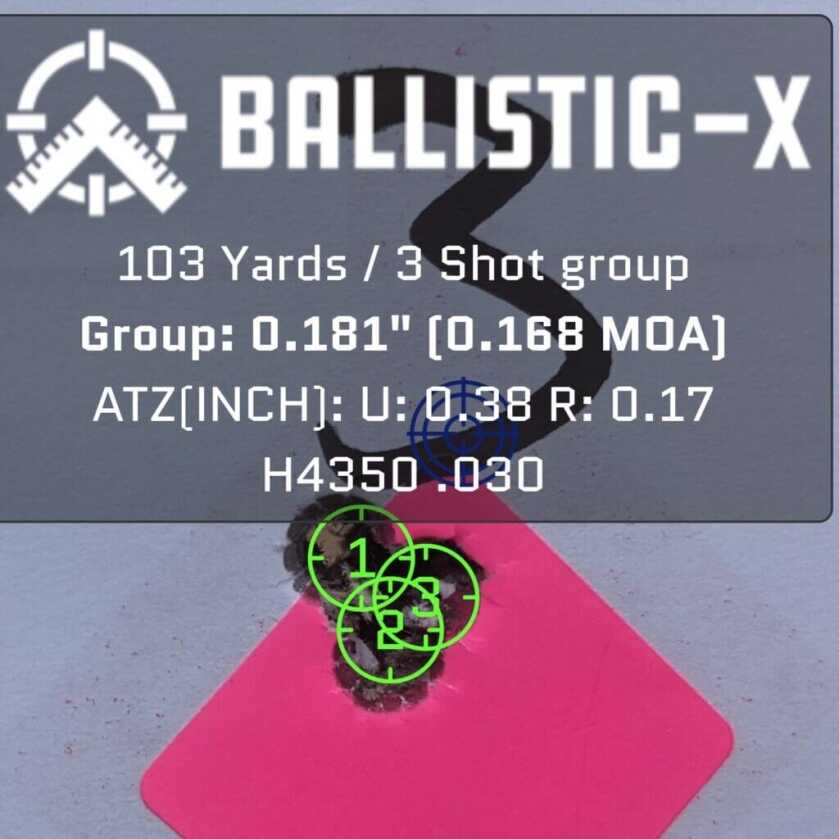
Barrel/Chamber Erosion
All MPA rifles come with a simple temp sticker to put on your barrel. The sticker has a bar that is colored by heat and indicates the temp of the barrel. Similar temp stickers are very common in testing car parts that see heat cycles and indicate a max temp reached.
MPA recommends you avoid shooting your PMR Pro rifle when the sticker indicates the barrel is 122 degrees or higher. The higher the temp, the greater the throat erosion. When possible, its best to let the rifle cool down to reduce the erosion. I did my load testing in the peak heat of the Arizona summer. On more than one day it was 110 degrees; I could fire only one or two shots before hitting 122. However, in my case, I had no choice but to keep shooting if I didn’t want to have 100 trips to the range. During testing and when shooting matches in high temps I use a wet neck gator soaked in water to cool the barrel.
I added a final few items to complete my rifle setup for the competition. I added an APA Fat Bastard muzzle brake and tuned the adjustable ports to give me a straight up-and-down recoil path.
External Weights
External weights from Gray Ops were added so the rifle would balance on a shooting bag just in front of the magwell. It took only two weights to balance the rifle. If you need more weight to balance or just want a heavier rifle to soak up recoil, both Gray Ops and MPA make internal and external weights for the front and rear of the rifle.
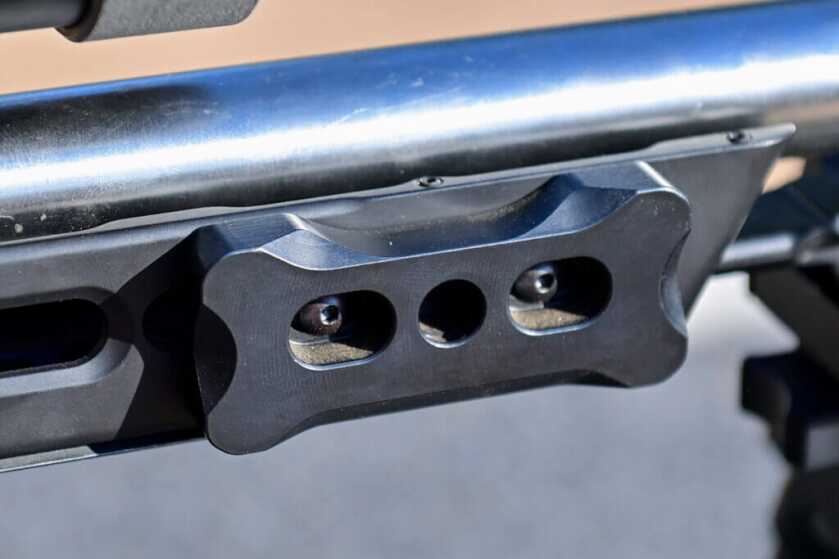
One cool thing about the chassis from MPA is that they are all upgradable. MPA adds new features regularly and you can always send in your chassis to get the latest features. One feature that came out while I was testing is the magwell plates from MPA. They offer three different magwell plates for various uses. I went with the mag blocker plate that prevents a prop from touching or tilting your mag when loading (pushing) the rifle into the prop. If you are pushing the mag into the prop it can, and did for me, cause feeding issues.
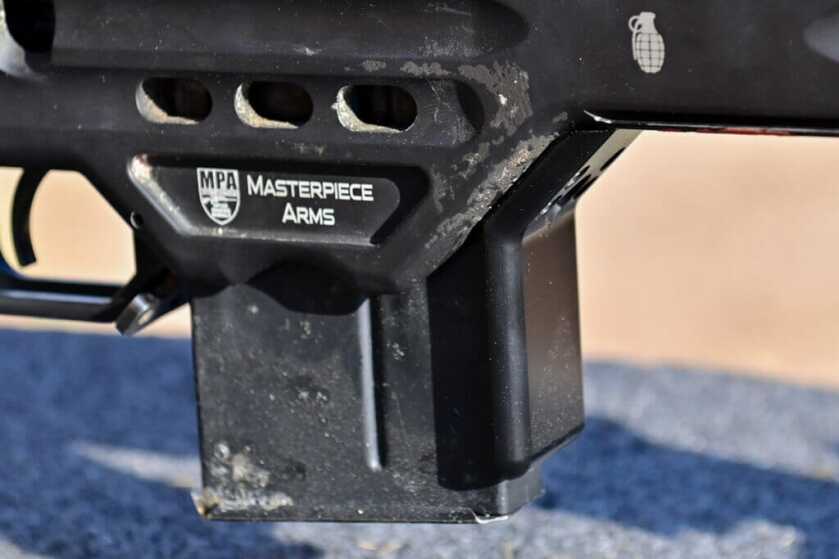
Read More: Staccato C Full Review: Conceal, Compete, and Conquer!
Conclusion
I’m not sure I see the advantage of spending another $1-2K for a custom rifle over the PMR Pro, with one exception. Therefore, the higher-end chassis from MPA is better than the BA chassis my PMR came with. The new Vanquish chassis and the Matrix Pro chassis offer a lot more adjustability and few nice-to-have features.
READ MORE: Cold War Classics Reborn
After shooting the PMR Pro for about a year I am thrilled. The accuracy and precision are fantastic, and I love the balance, ergonomics, and features. I even managed to score my first (and only) podium finish at a PRS match in Wyoming with this rifle.
*** Buy and Sell on GunsAmerica! ***




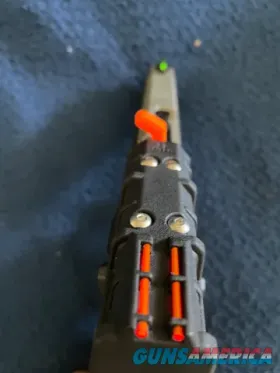






Not a long distance shoter, but I really appreciate you taking us down the rabbit hole with you. I’ve never chased precision, but enjoyed reading your process.